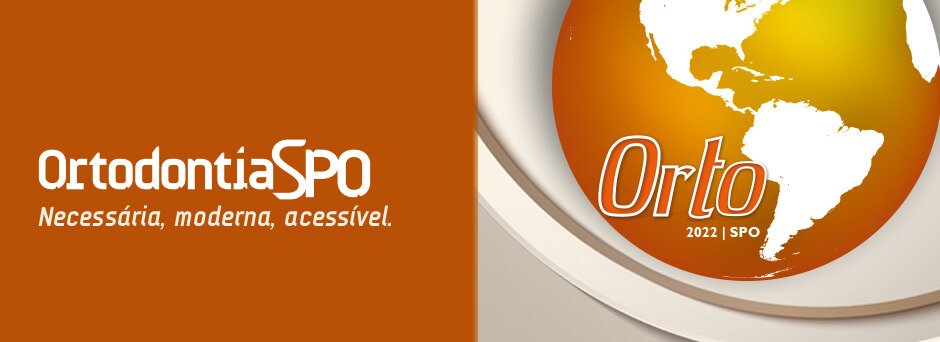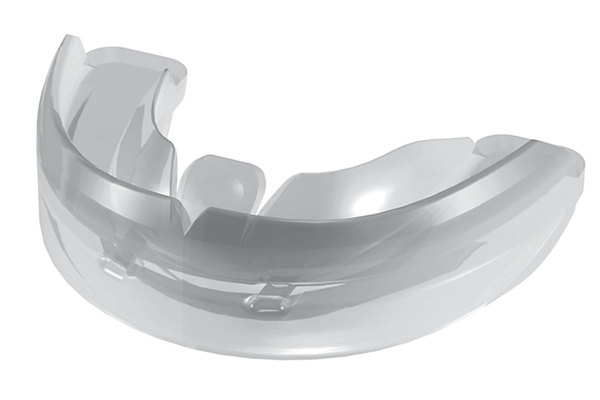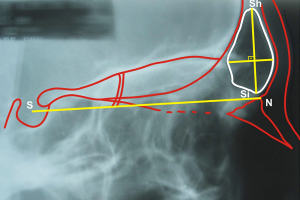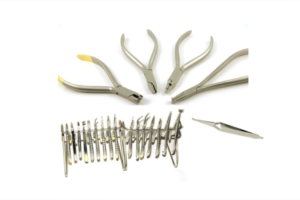AUTORES
Alécia Louzada
Mestra em Ortodontia – American World University; Especialista em Ortopedia Funcional dos Maxilares, Dor Orofacial e Disfunção Temporomandibular – Conselho Federal de Odontologia.
Fabiano Guerra Ferreira
Doutorado em Odontologia – Universidade Federal Fluminense; Mestre em Ortodontia – SLMandic.
RESUMO
O campo das disfunções temporomandibulares (DTMs) é um dos que mais despertam interesse na Odontologia. Estudos e novas técnicas surgem a cada dia, e diferentes recursos terapêuticos estão disponíveis para controle e tratamento das DTMs. No relato de caso apresentado, diferentes métodos conservadores foram utilizados com essa finalidade, incluindo a aplicação de uma nova abordagem terapêutica com o uso do aparelho TMJ. Os resultados apontaram que, após o tratamento com o sistema TMJ, houve redução do processo inflamatório medular na região intra-articular, com remissão total de sintomatologia dolorosa presente por longo prazo, como relatado pela paciente. O sistema TMJ demonstrou ser um método efetivo no tratamento e controle clínico da DTM, e a nova abordagem deveria ser utilizada em estudos prospectivos sobre o tema.
Palavras-chave – Transtornos da articulação temporomandibular; Placas oclusais; Diagnóstico por imagem; Terapia.
ABSTRACT
The field of temporomandibular disorders (TMDs) is one of the most important in dentistry. Studies and new techniques are established every day. Diff erent therapeutic protocols are available for the clinical management of TMDs. In the case report presented herein, different conservative methods were used for this purpose, including the application of a new therapeutic approach with the use of the TMJ appliance. The results revealed that after treatment using the TMJ system, there was a reduction of the inflammatory process in the intra-articular region of the temporomandibular joint with a complete remission of painful symptomatology for the long term, as reported by the patient. The TMJ system demonstrated to be an effective method for the clinical management of the TMD and the new approach should be used in prospective studies on this topic.
Key words – Temporomandibular joint disorders; Occlusal splints; Diagnostic imaging; Therapy.






